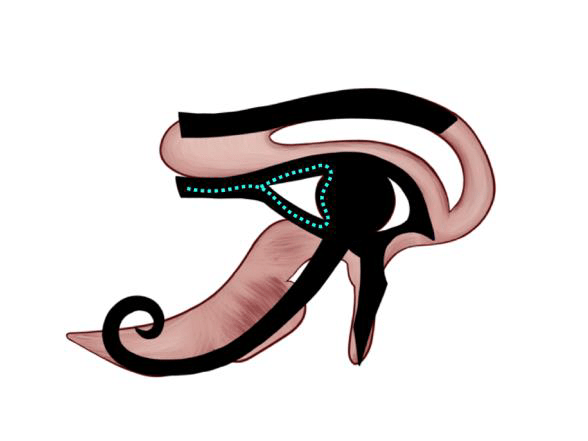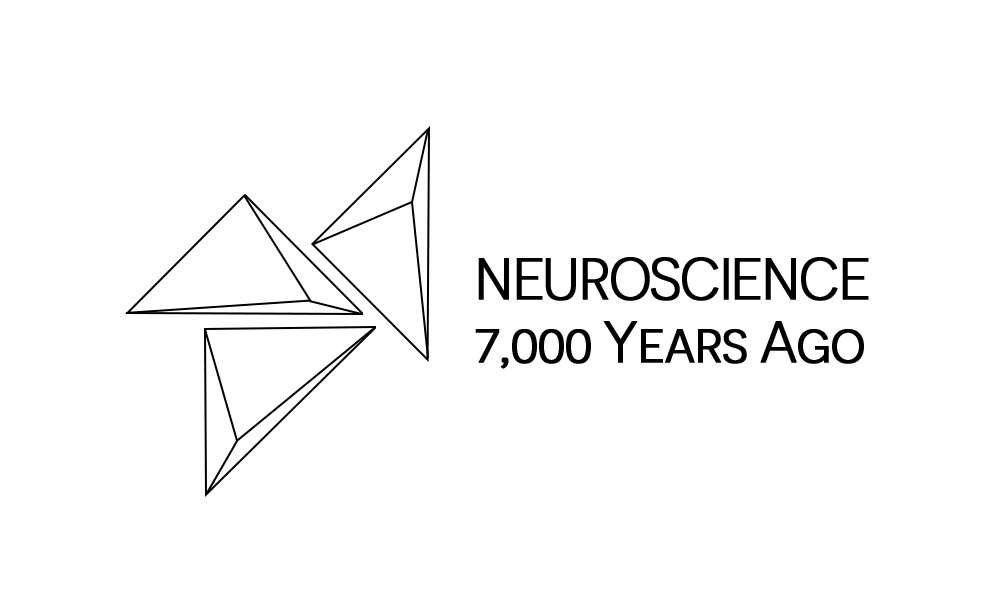
Anatomical Correlation Between Brain Parts and Eye of Horus
Ancient Egyptian civilization is known to people all over the world, it is well-known for its famous pyramids, temples and sphynx. For many tourists they enjoy the great artistic symbols and figures of the temples that tell the story of an ancient era, but is that it is all about, is this stories and art have no more messages sends from the great ancient pharos but recording their daily life activates to show us? Well this not might be all it is about.
For some years there was interest in the shape of the Eye of Horus, when someone looks at the shape of the eye, it resembles the anatomy of the limbic system, and the details it includes could not just be a coincident, especially in a civilization count on symbolism in all of its art crafts. Eye of Horus was the most famous example, but not the only one, many researchers who are interested in neuroscience, anthropology, and methodology has found a clear connection between the Egyptian symbols and the brain anatomy. Despite of the fact that all these findings are not really based on a solid scientific explanation, but the fact of that precise resemblance in a civilization that has the mastery in medicine, anatomy and art could not be ignored. In the next lines we are going to go through this example of Anatomical correlation between brain parts and pharaoh’s symbols.
- Horus God of Underworld:
Eye of Horus is one of the mysterious Egyptian monuments in its power and symbolism. According to the ancient methodology Horus is the son of Osiris -the god of underworld- who was killed by his brother Set to take over his thrown. Set cut his brothers corpus into fourteen parts and distributed them across all Egyptian land.
Isis – Horus’ mother- travelled with Horus through all Egypt in search for her husband’s body, and could found his missing parts so his soul could pass to the underworld, and Horus managed to kill his uncle Set, in a battel near Edfu, and could get the thrown back. Then Horus was symbolized by his Eye, which represents protection.
The eye of Horus consists of 6 parts, according to some historical tales Horus lost his eye in the battel with his uncle Set, others claim that Horus himself teared up his own eye into six parts in search for his father.
Those six parts are called the six Haqit fractions – a measure system depends on the consequential patterns to form a complete unit of volume- and they are organized to form the whole eye and each part of them was considered as a symbol. The fragments are given a numerical value, ½, ¼, 1/8, 1/16, 1/32, and 1/64 (Figure 1).

- The Correlation Between Eye of Horus and Brain Anatomy:
According to some historians’ suggestions, each part of the eye corresponds to a human sense, as following:
- The ½ accounts for the sense of smell.
- The ¼ accounts for the sense of sight.
- The 1/8 account for the sense of thought or wisdom.
- The 1/16 account for the sense of hearing.
- The 1/32 account for the sense of taste.
- The 1/64 accounts for the sense of touch.
Until this it is only some historical assumptions and could be just a myth, but the surprisingly found correlations between this myth and the actual neuroanatomy was astonishing, as each part of the eye of Horus responsible for a specific sense was found to exactly match the location of the corresponding area responsible or has a role of that sense in the human brain. Despite the fact that they are assumptions and there is no scientific evidence to ensure this, but still the similarities are worth to be reviewed, as the following [1].
- Smell:
The smell was represented by the ½ Haquit fraction (Figure 2), which is the triangular shape in the right corner of the pupil of the Eye (the yellow dots), we can notice that:
- The ½ fraction match the shape and location of the olfactory trigone in human brain.
- The yellow dots are resembling the nose’s side.

2. Vision:
The sight is represented by the ¼ Haqit fraction (Figure 3), the pupil of the Eye of Horus (star shape), we can notice that;
- This area matches the shape and location of the interthalamic adhesion, which has an important role in the vision process.
- The retina (the light sensitive tissue lines the back of the eye) and has the main role in vision.

3. Thought/ wisdom:
The eye of Horus also named “the third eye” or “the Eye of mind”, there is claims that Horus sacrificed his eye to his father Osiris, so he could have the third Eye and see everything. The wisdom is represented by the eyebrow and given the 1/8 Heqat fraction (Figure 4), we can notice that;
- The eyebrow (green dots) matches the location and shape of corpus collosum, which is associated with the transmission of neural impulses between the two brain hemispheres.

4. Hearing:
On the eye of Horus, the sense of Hearing is represented by the 1/16 Heqat fraction (Figure 5), the triangular shape on the left side of the eye pupil (the blow dots), we can notice that;
- This area matches the location and shape of Brodmann areas 41 and 42, which is the primary auditory cortex of the temporal lobe.

5. Taste:
The test sensation is represented by the 1/32 Heqat fraction (Figure 6), the curved tail of the eye (orange dots), we can notice that;
- This area matches the location of the taste pathway of the human brain.

6. Touch:
The touch sense is represented by the 1/64 Heqat fraction (Figure 7), the straight stalk coming in the bottom of the eye (pink dots), we can notice that:
- This area matches the location of the somatosensory pathway, which is the main pathway for the touch sensation from the body to the brain.

Looking through a mid-sagittal section of the human brain, the corpus collosum, the pineal gland and Massa intermedia are found to be typical to the shape of The Eye of Horus parts (Figure 8).

References:
1 ReFaey, K., Quinones, G.C., Clifton, W., Tripathi, S., and Quiñones-Hinojosa, A.: ‘The Eye of Horus: The Connection Between Art, Medicine, and Mythology in Ancient Egypt’, Cureus, 2019, 11, (5)




